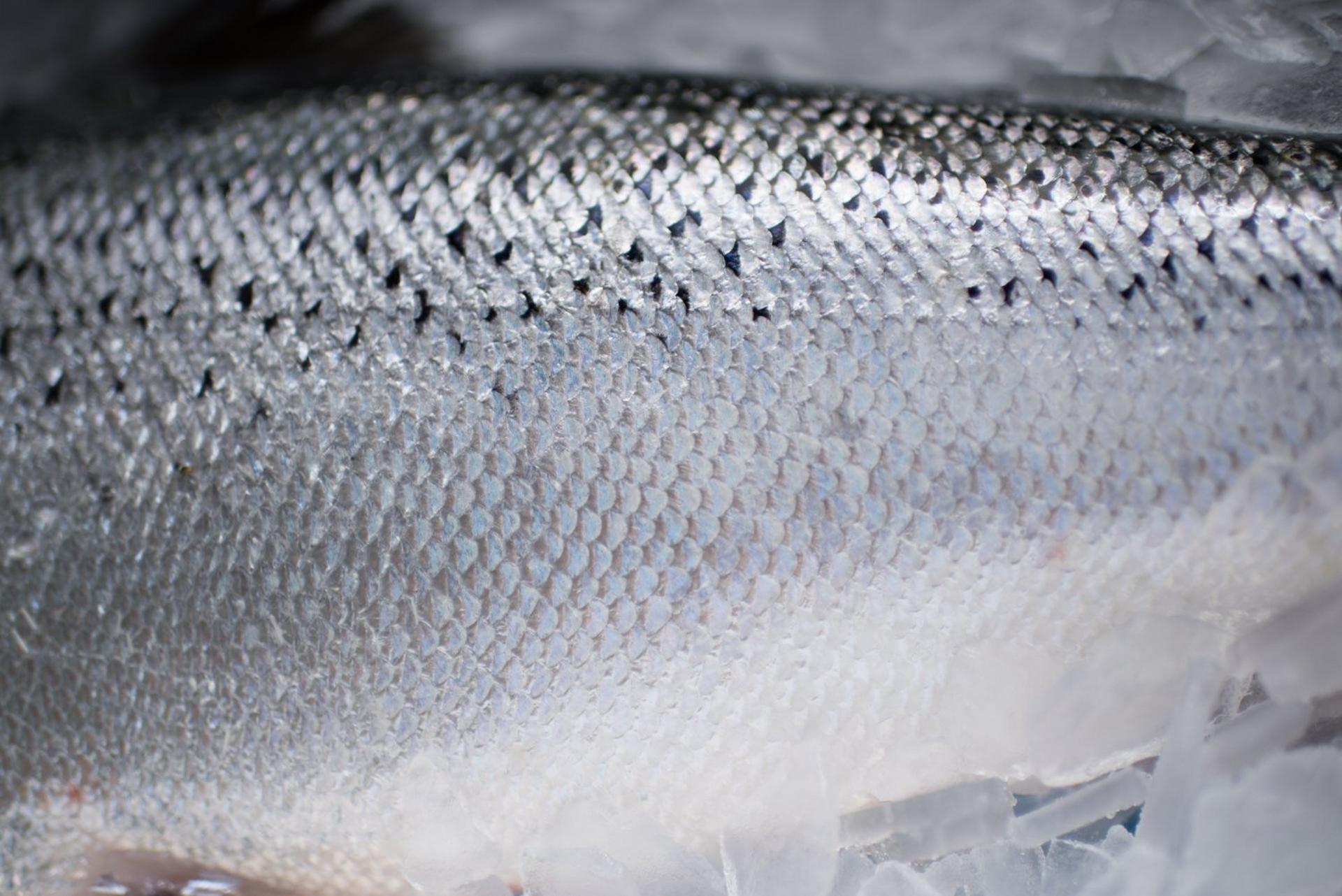Results
Environmental Impact Assessment
The conclusion highlights the importance of accurate, high-quality data for decision-making and emphasizes the need for standardized methodologies to ensure holistic sustainability assessments. Incorporating supply chain biodiversity indicators is essential for a comprehensive understanding of environmental impacts.
Raw Material Innovation
Novel ingredients such as insect meal, single-cell proteins, low-impact agricultural crops, and by-products from the food processing industry area promising alternatives to traditional marine-based ingredients.
These novel ingredients can significantly reduce the environmental footprint of aquafeeds without compromising nutritional quality, however each of them is at different stages of being completely “sustainable” as this takes time as a raw material evolves.
The review underscores the importance of early engagement and education of customers and consumers to increase the success rates of commercializing these new raw materials.
Economic and Practical Considerations
The ebb and flow of raw material prices and availability create opportunities for innovation in the aquafeed industry. The review highlights that raw material suppliers need to provide LCA data that accounts for future commercial scale-up, rather than pilot-scale figures, and to ensure scalability and consistency. Additionally, the review stresses the need for collaborative efforts among researchers, policymakers, producers, retailers, and consumers to overcome the challenges of implementing sustainable raw materials.













